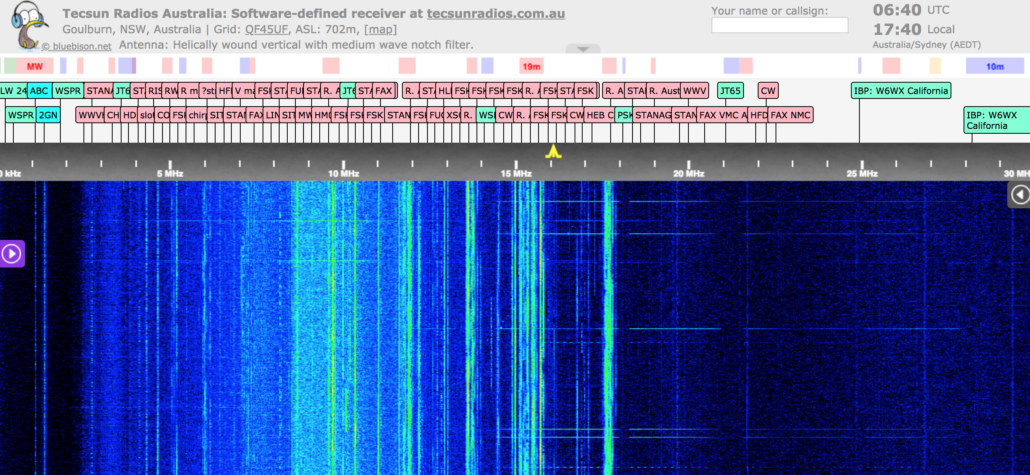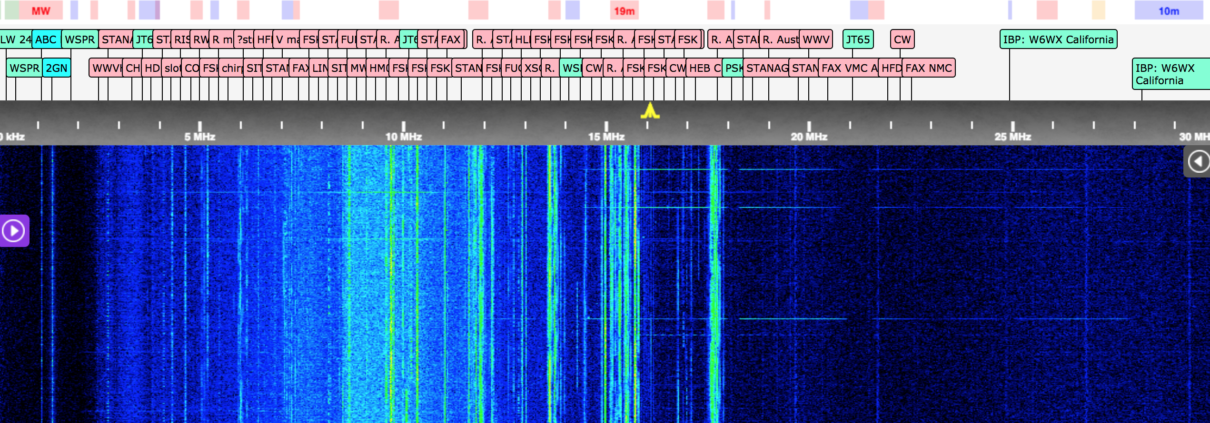

MERRY CHRISTMAS!
Please note the dates below to ensure your Tecsun Radios gifts arrive before December 25…
| DESTINATION | Last order via STANDARD POST |
Last order via EXPRESS POST |
| Australia | 14 December, 2pm AEDT | 20 December, 2pm AEDT |
| New Zealand | 14 December, 2pm AEDT | Please contact our friendly staff |
| Rest of the World | Please contact our friendly staff | |
Have you seen what’s new for Christmas 2018?
It’s your fast-track to the perfect present! Check our Christmas Gift Guide here!
Need help deciding?
From finding the perfect radio to arranging delivery, our friendly staff are here to help.
Simply email hello@tecsunradios.com.au
*Free shipping offer is only valid on orders delivered within Australia and New Zealand. This offer is available until 2pm AEDT on Friday 14th December 2018. All orders will be dispatched via Australia Post standard postage. Please note orders placed on days with free shipping offers are not eligible for our 2pm same day dispatch guarantee. Code XMAS2018 must be applied at checkout for free standard shipping within Australia and New Zealand to apply. We reserve the right to withdraw or cancel promotional offers for any reason at any time. For any queries please email customer service at hello@tecsunradios.com.au.
Tecsun Radios Australia has set up a Software defined radio (receiver) in Araluen, a small rural community in NSW, Australia. It’s a quiet location for radio “noise”, far away from high density population and the accompanying RF noise generated.
You can listen to the Tecsun Radios Australia SDR here.
The SDR itself is called a “KiwiSDR” and is a commercially available unit, costing around $500. The Kiwi SDR compared to others has 2 advantages: (1) it allows the user to observe the entire shortwave spectrum in one screen, and (2) it can easily be connected to the internet to allow remote operation.
Other SDRs only receive a narrow portion of the radio spectrum, and require extra equipment to connect to the internet.
With the Kiwi SDR, it is easy to remotely identify that a signal exists from the “waterfall” display and then accurately tune and receive it.
The SDR is connected to two separate trapped HF vertical antennas. Each antenna is fed via common mode chokes ,one at the antenna end, and one at the equipment end of each cable run. These 2 antennas are then fed to an HF signal combiner. This provides some degree of antenna redundancy. The HF combiner feeds a 1:1 50 ohm transformer to isolate the KiwiSDR power supply ground from the antenna ground.
The antennas have been located as far away from man made noise sources as possible, and are fed with 75 ohm quad shield cable. Careful attention has also been paid to the grounding of the antenna.
Because the location is remote and in a bushfire affected area, mains power is supplemented by battery backup. The 5 volt power supply required by the KiwiSDR is a linear power supply that has a built in switching delay of 0.5 seconds, to ensure stable reset after power failure. We have been unable to surce a UPS with low RFI footprint for this application.
Connectivity to the www is achieved via a Skylink Ka band satellite link.
The Kiwi SDR can be used to receive AM, AM Narrow, USB, LSB, weatherfax, CW (Morse Code) and DRM signals.

The Tecsun Radios SDR ‘waterfall’
You can listen to the Tecsun Radios Australia SDR here.
Or, simply logon to the SDR (go to http://kiwisdr.com/public/ for a worldwide list), select an SDR located close to the transmission source you’d like to listen to, select the appropriate mode and the desired frequency.
Have you tuned into the Tecsun Radios SDR?
Tell us in the comments below where you’re tuning in from and what you listened to!
At Tecsun Radios Australia, we’re a bunch of amateur radio enthusiasts ourselves, and AMSAT’s satellite launch on December 4 (Australian time) “Fox1 Cliff” has inspired us to join forces with the volunteers at AMSAT who build and launch Amateur Radio Satellites.





